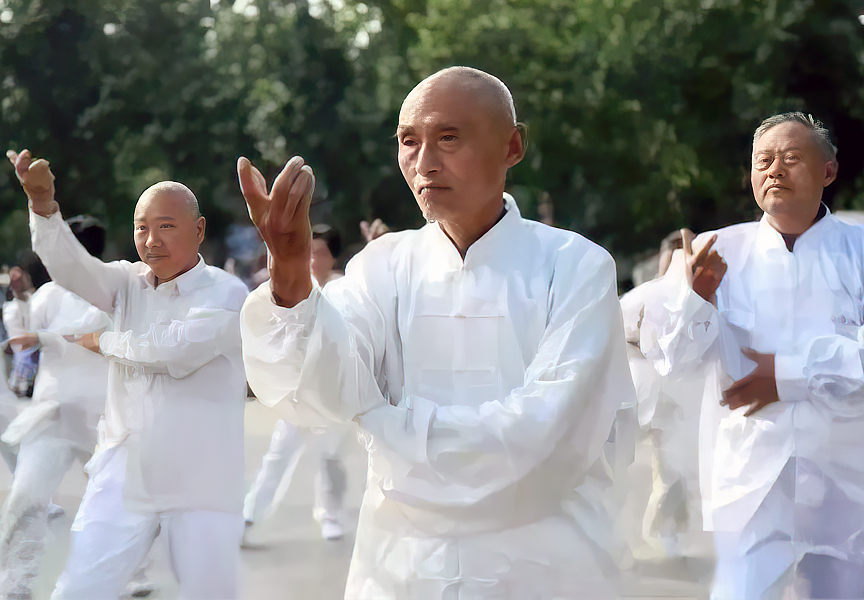Random Free Articles
- Shaolin Kung Fu vs. Sports
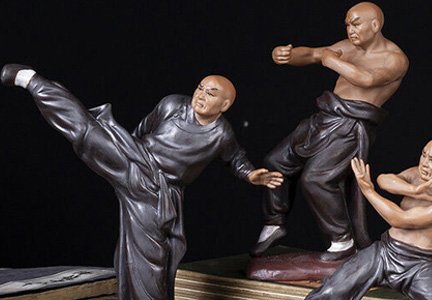
In a world that celebrates athletic prowess and competitive sports, it's easy to overlook the profound distinction between sports and holistic arts like Shaolin Kung Fu. While both require dedication, discipline, and physical conditioning, they serve different purposes and encompass distinct philosophies. Shaolin Kung Fu, deeply rooted in ancient Chinese culture, is a holistic art that encompasses not only physical strength but also…
- The Power of the Ginger Fist
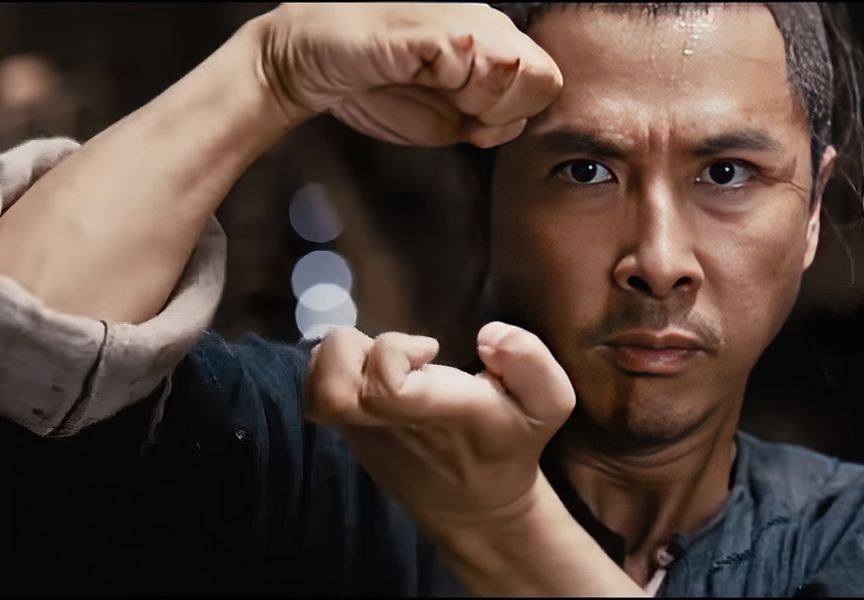
A Unique Technique in Chinese Martial Arts In the vast world of martial arts, techniques abound, each with its own distinct characteristics and applications. One such technique that has captured the fascination of practitioners is the Ginger Fist [Chin.: Jiāng quán 姜拳], a hand shape that embodies precision, power, and versatility. Originating from various Chinese martial arts styles such as Pak Mei Kung Fu [Chin.: Báiméi quán…
- Embracing the Warrior Within
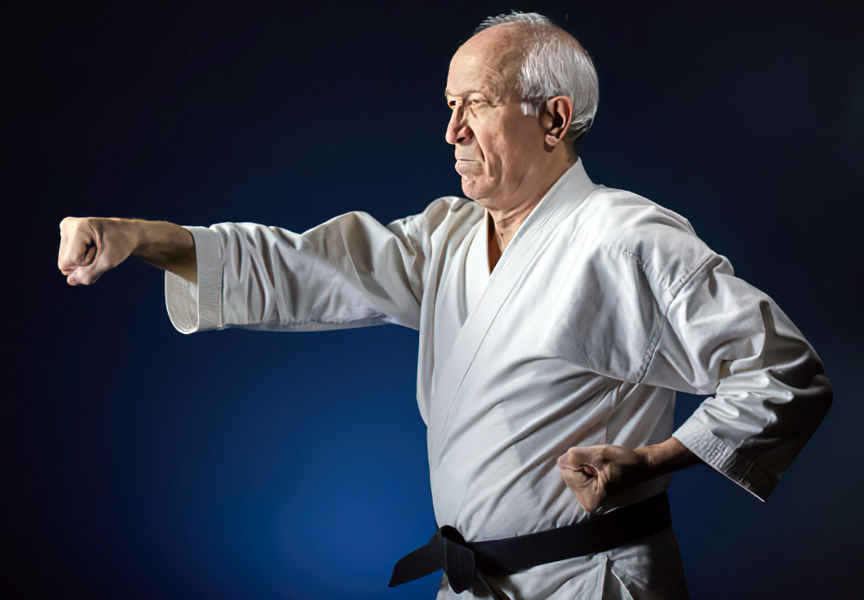
It's Never Too Late to Start a Martial Art Life is a journey filled with twists, turns, and missed opportunities. Many of us carry a list of things we always wanted to do when we were young but never quite got around to. Among these unfulfilled dreams, a common confession echoes: the desire to engage in the disciplined and empowering world of martial arts. The good news is, it's never too late to embark on this transformative…
- Ring is not the same with Street Fighting
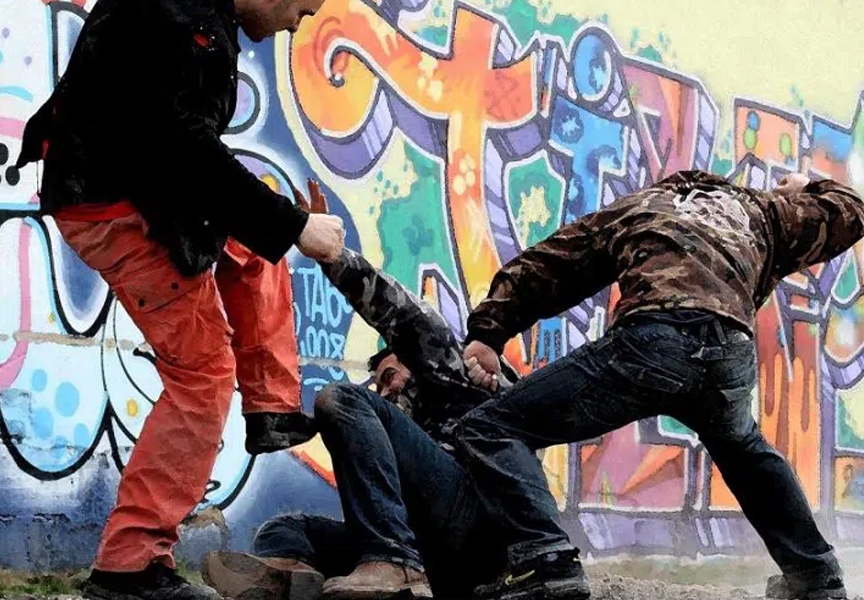
The art of combat has been a part of human history for as long as we can remember. Whether in organized competitions or unstructured altercations, the dynamics of fighting have always fascinated us. However, it is crucial to understand that fighting in a ring is not the same as fighting in the streets. While both involve physical combat, the two settings have distinct differences that significantly affect the outcomes, consequences, and the…
- The Erosion Of Tradition in Martial Arts
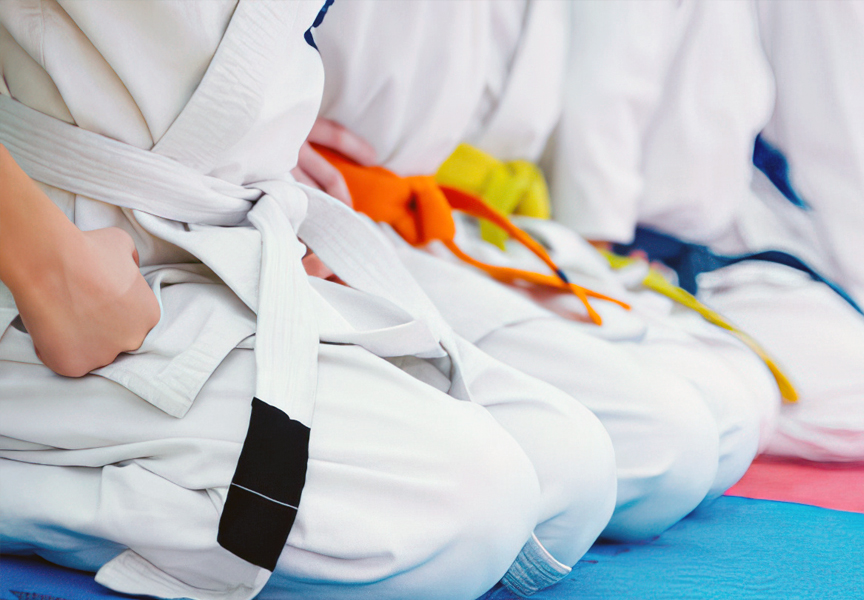
How Competitive Sports Dilute Traditional Martial Arts In the world of martial arts, tradition is more than just a concept; it's the soul that breathes life into these ancient disciplines. Rooted in centuries of history, traditional martial arts have long been revered for their holistic approach to self-defense, personal development, and cultural preservation. However, in recent times, a noticeable shift has occurred as many traditional…

